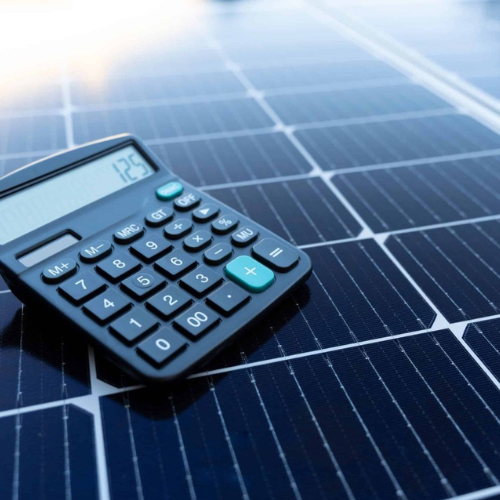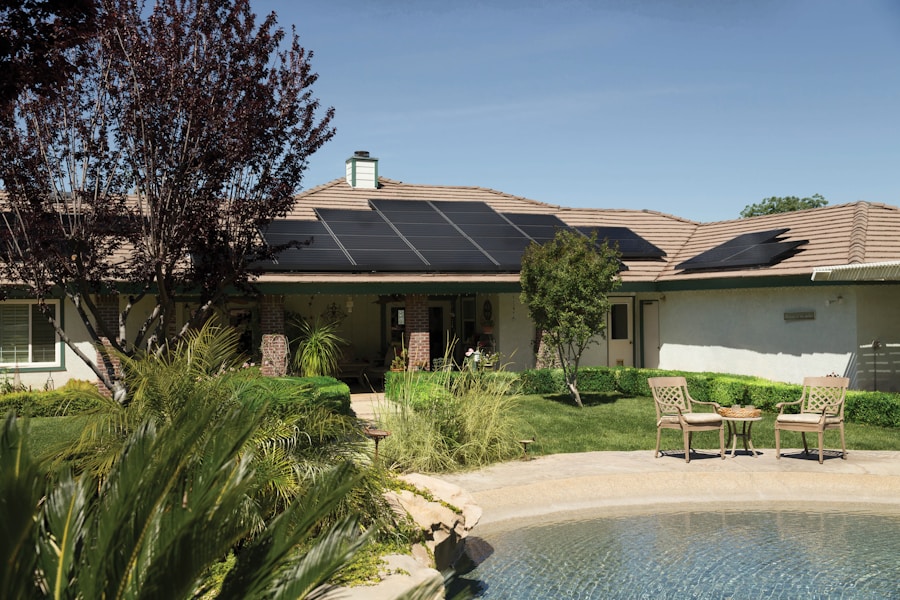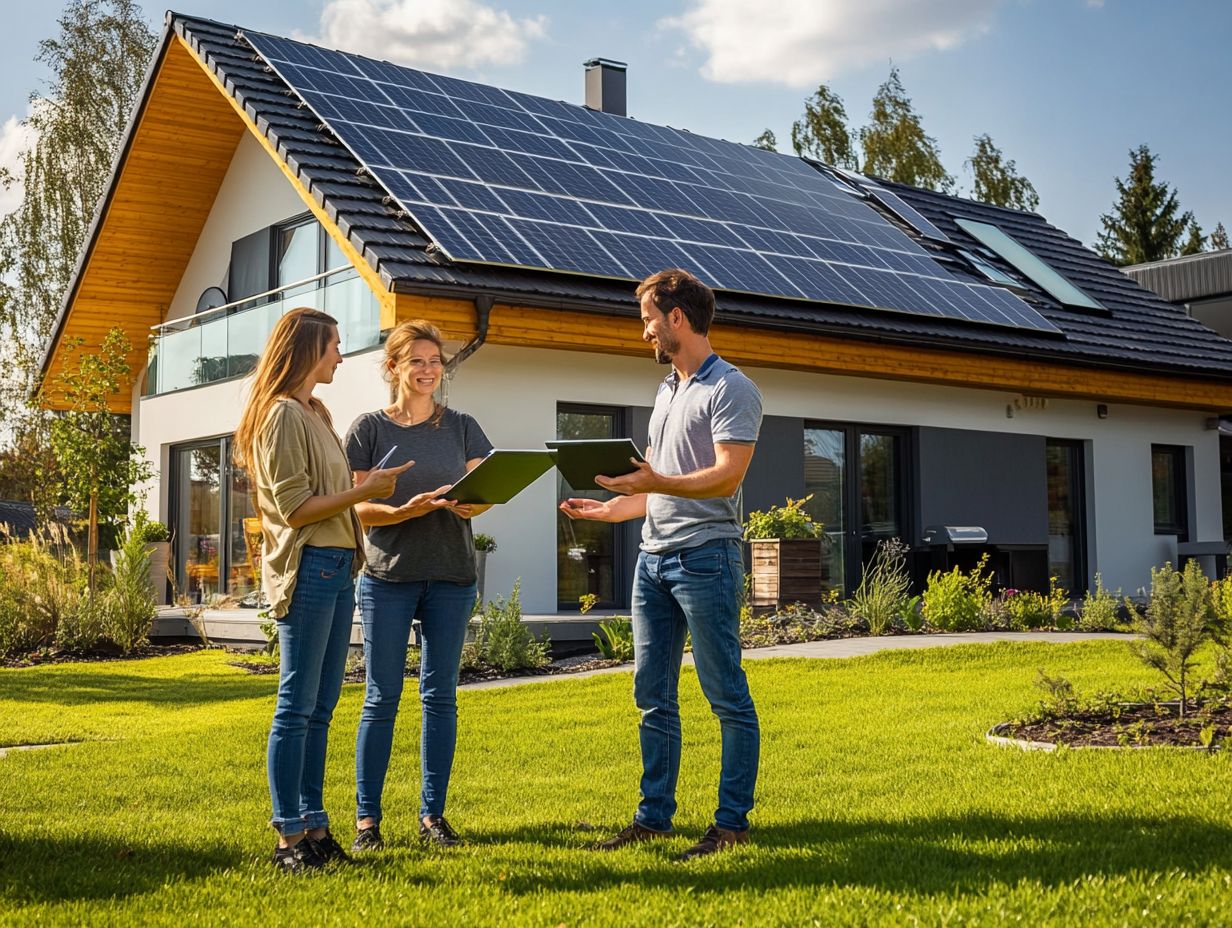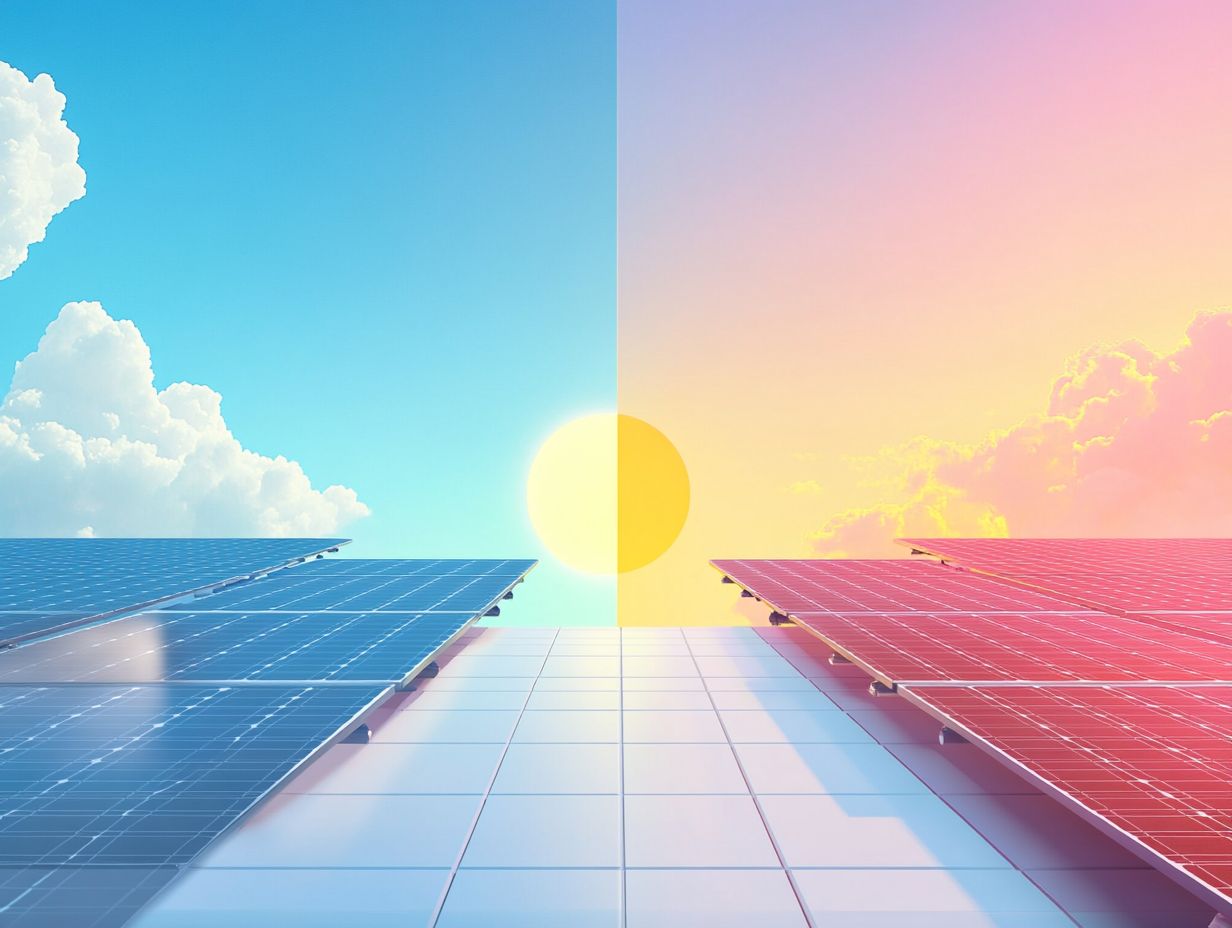Contents
- 1 Choosing the Right Off Grid Solar Inverter
- 2 Maximizing Energy Production with Off Grid Solar Inverters
- 3 Maintaining and Monitoring Off Grid Solar Inverters
- 4 Integrating Battery Storage with Off Grid Solar Inverters
- 5 Optimizing Off Grid Solar Inverters for Different Climates
- 6 Government Incentives and Rebates for Off Grid Solar Inverters
- 7 Future Trends in Off Grid Solar Inverters
- 8 FAQs
When you think about harnessing solar energy, one of the most crucial components that come to mind is the solar inverter. Off-grid solar inverters play a pivotal role in converting the direct current (DC) generated by solar panels into alternating current (AC), which is what most household appliances require. Unlike grid-tied systems, off-grid setups are designed for those who want to be completely independent from the utility grid.
This independence can be particularly appealing if you live in a remote area or simply wish to reduce your carbon footprint. In an off-grid system, the inverter not only converts energy but also manages the flow of electricity to ensure that your home runs smoothly. It regulates the voltage and frequency of the electricity, making it safe for your appliances.
Additionally, off-grid inverters often come equipped with features that allow them to work seamlessly with battery storage systems, ensuring that you have a reliable power supply even when the sun isn’t shining. Understanding these functionalities is essential for anyone considering an off-grid solar solution, as it directly impacts the efficiency and reliability of your energy system. Get your free solar assessment by visiting https://www.solarenergy4u.org/free-pro-advice/.
Key Takeaways
- Off grid solar inverters convert DC power from solar panels into AC power for use in off grid systems
- When choosing an off grid solar inverter, consider the power output, efficiency, and surge capacity to meet energy needs
- To maximize energy production, ensure proper sizing of the off grid solar inverter and regular maintenance of the solar panels
- Regular monitoring and maintenance of off grid solar inverters is essential for optimal performance and longevity
- Integrating battery storage with off grid solar inverters can provide backup power and increase energy independence
Choosing the Right Off Grid Solar Inverter
Selecting the right off-grid solar inverter is a critical step in setting up your solar energy system. You need to consider several factors, including your energy needs, the size of your solar array, and the type of battery storage you plan to use. Start by calculating your daily energy consumption; this will help you determine the inverter’s capacity you require.
Inverters are available in various sizes, and choosing one that can handle your peak load is essential for ensuring that your system operates efficiently. Another important consideration is the inverter’s efficiency rating. Higher efficiency means less energy loss during the conversion process, which translates to more usable power for your home.
Look for inverters with an efficiency rating of 90% or higher. Additionally, consider whether you want a pure sine wave inverter or a modified sine wave inverter. Pure sine wave inverters are generally more efficient and compatible with sensitive electronics, making them a better choice for most households.
Maximizing Energy Production with Off Grid Solar Inverters

To get the most out of your off-grid solar inverter, you need to focus on maximizing energy production from your solar panels. One effective strategy is to ensure that your solar panels are installed at the optimal angle and orientation to capture sunlight throughout the day. This may involve adjusting their tilt based on seasonal changes or using tracking systems that follow the sun’s path.
The more sunlight your panels receive, the more energy they can produce, which directly benefits your inverter’s performance. Additionally, regular maintenance of your solar panels is crucial for maximizing energy production. Dust, dirt, and debris can accumulate on the surface of the panels, reducing their efficiency.
Cleaning them periodically will help maintain their performance and ensure that your inverter receives a consistent supply of energy. Furthermore, consider investing in monitoring systems that provide real-time data on energy production and consumption. This information can help you identify any issues early on and make necessary adjustments to optimize your system’s performance.
Maintaining and Monitoring Off Grid Solar Inverters
| Metrics | Value |
|---|---|
| System Availability | 98% |
| Energy Production | 25 kWh/day |
| Battery State of Charge | 80% |
| Inverter Efficiency | 95% |
| System Downtime | 2 hours/month |
Proper maintenance and monitoring of your off-grid solar inverter are essential for ensuring its longevity and efficiency. Regular inspections can help you identify potential issues before they escalate into costly repairs. Check for any signs of wear or damage, such as frayed wires or corrosion on terminals.
Keeping the inverter clean and free from dust will also help maintain its performance. Monitoring systems can provide valuable insights into how well your inverter is functioning. Many modern inverters come with built-in monitoring capabilities that allow you to track energy production and consumption through a smartphone app or web portal.
This data can help you make informed decisions about energy usage and identify any anomalies that may indicate a problem with your system. By staying proactive with maintenance and monitoring, you can ensure that your off-grid solar inverter operates at peak efficiency for years to come.
Integrating Battery Storage with Off Grid Solar Inverters
Integrating battery storage with your off-grid solar inverter is a game-changer when it comes to energy independence. Batteries store excess energy generated during sunny days, allowing you to use that power when sunlight is scarce, such as during nighttime or cloudy weather. This capability not only enhances your energy security but also maximizes the utility of your solar system.
When selecting batteries for integration with your inverter, consider factors such as capacity, discharge rate, and lifespan. Lithium-ion batteries are popular choices due to their high energy density and longer lifespan compared to traditional lead-acid batteries. However, they can be more expensive upfront.
It’s essential to choose a battery type that aligns with your energy needs and budget while ensuring compatibility with your inverter system. Properly sizing your battery bank is also crucial; it should be large enough to meet your energy demands without being excessively oversized.
Optimizing Off Grid Solar Inverters for Different Climates

The performance of off-grid solar inverters can vary significantly based on climate conditions. If you live in an area with extreme temperatures—whether hot or cold—it’s essential to choose an inverter designed to withstand these conditions. High temperatures can lead to overheating issues, while extremely low temperatures can affect battery performance and overall system efficiency.
To optimize your off-grid solar inverter for different climates, consider installing it in a shaded or temperature-controlled environment if possible. Additionally, some inverters come with built-in thermal management systems that help regulate temperature during operation. Understanding how local weather patterns affect solar production will also help you plan for seasonal variations in energy generation and consumption.
Government Incentives and Rebates for Off Grid Solar Inverters
One of the most appealing aspects of investing in off-grid solar technology is the potential for government incentives and rebates. Many countries offer financial assistance programs aimed at promoting renewable energy adoption, which can significantly reduce the initial costs associated with purchasing and installing an off-grid solar inverter system. Research local and federal programs available in your area; these may include tax credits, grants, or low-interest loans specifically designed for renewable energy projects.
Some states even offer rebates for specific equipment purchases or installation services. Taking advantage of these incentives can make transitioning to an off-grid solar system more affordable and financially viable.
Future Trends in Off Grid Solar Inverters
As technology continues to evolve, so too do off-grid solar inverters. The future holds exciting possibilities for advancements that could enhance efficiency, reliability, and user experience. One trend gaining traction is the integration of smart technology into inverters, allowing for better monitoring and control through mobile applications or smart home systems.
Another promising development is the emergence of hybrid systems that combine solar power with other renewable sources like wind or hydroelectricity. These systems can provide even greater energy independence and reliability by diversifying energy generation methods. As battery technology continues to improve, we can also expect longer-lasting and more efficient storage solutions that work seamlessly with off-grid solar inverters.
In conclusion, understanding off-grid solar inverters is essential for anyone looking to harness renewable energy independently. By choosing the right inverter, maximizing energy production, maintaining your system effectively, integrating battery storage, optimizing for climate conditions, taking advantage of government incentives, and staying informed about future trends, you can create a sustainable and efficient off-grid energy solution tailored to your needs.
If you are considering installing an off-grid solar inverter system, you may have questions about solar panels. To learn more about solar panels, check out this article on solar panel types. Additionally, if you are interested in a DIY approach to solar energy, this article on DIY solar provides helpful tips and information.
FAQs
What is an off grid solar inverter?
An off grid solar inverter is a device that converts the direct current (DC) electricity produced by solar panels into alternating current (AC) electricity that can be used to power appliances and devices in a standalone, off-grid system.
How does an off grid solar inverter work?
Off grid solar inverters work by taking the DC electricity generated by solar panels and converting it into AC electricity that can be used to power household appliances and devices. They also typically include a battery charger to store excess energy in a battery bank for use when the sun is not shining.
What are the benefits of using an off grid solar inverter?
Using an off grid solar inverter allows for the creation of a standalone, self-sufficient power system that is not reliant on the electrical grid. This can provide energy independence, cost savings, and environmental benefits by reducing reliance on fossil fuels.
What are the key features to consider when choosing an off grid solar inverter?
When choosing an off grid solar inverter, it is important to consider factors such as the inverter’s power rating, efficiency, surge capacity, battery charging capabilities, and compatibility with the solar panel array and battery bank.
What are the limitations of off grid solar inverters?
Off grid solar inverters are limited by the amount of energy that can be stored in the battery bank, as well as the variability of solar energy production. This can result in the need for backup power sources or energy conservation during periods of low sunlight.







